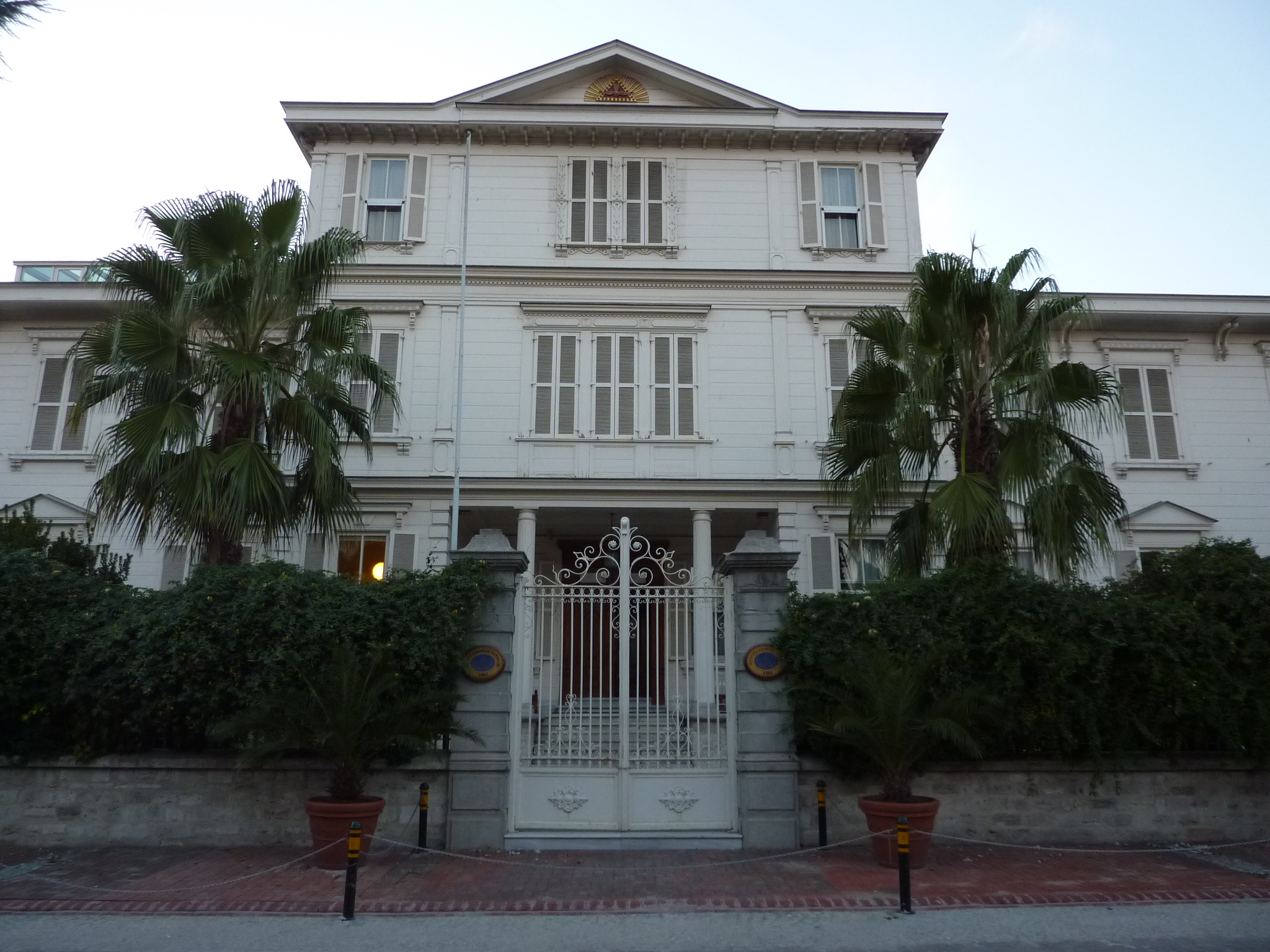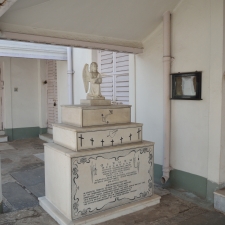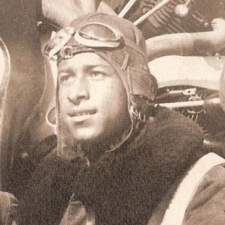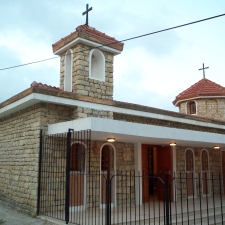Fact No. 70.
The Armenian Patriarchate of Constantinople was established in 1461.
If one were to ask a century ago who the most powerful, the most influential Armenian clergyman was, the answer would not be the Catholicos of All Armenians at Etchmiadzin – even though he is the successor of the seat established by St. Gregory the Illuminator, the founder of the Armenian Church himself. Rather, the response back then would most probably have been the Armenian Patriarch of Constantinople, who lived in the capital of a vast empire, and whose authority stretched over much of the Armenian population across a majority of the traditional Armenian homeland.
The Ottoman Empire developed a system of laws that recognised millets – “peoples”, “nationalities”, communities based on religion – each of which was, of course, subject to the Sultan, but with some degree of self-governance in matters related to religious life and such social institutions as marriage or education. There were Greek and Jewish millets, for example, and even Armenian Catholic and Armenian Protestant millets were officially recognised later on.
The Armenian millet was led by the patriarchate which was established in 1461 by Sultan Mehmed Fatih – the Conqueror, who took over Constantinople in 1453. There had already been an Armenian presence in that city since Byzantine times, but it was in the centuries of Ottoman rule that followed that more and more Armenians made their way to what became the imperial capital. Constantinople was, of course, a centre of Armenian life before the genocide, and the Armenian Patriarchate, besides serving the community’s religious needs, was an important forum both for internal Armenian politics and for regulating affairs between the Armenians and the Ottoman authorities. The administrative system that developed under the Armenian Patriarchate of Constantinople – the participation of lay people (not church officials) in parish activities or in electing bishops – has carried on until today in many parts of the Armenian Diaspora.
The position and authority of the Armenian Patriarchate was of course severely curtailed by the Armenian Genocide. The head of the Armenian Catholic Church and the Armenian Catholicos at Sis both moved away, ultimately to Lebanon, while there was no official Armenian Patriarch of Constantinople for a few years in that period. The position was restored under the Republic of Turkey, but the Armenian Patriarchate has had some limitations over its functioning following governmental policies about minorities in general.
But even though the supremacy of the Catholicos at Etchmiadzin remains recognised among Armenian clergy, the Armenian churches found in Turkey are under the authority of the Armenian Patriarch of Istanbul, as he is often referred to today. Those churches are mostly in and around Istanbul, with a few in other parts of the country – Gesaria/Kayseri, Dikranagerd/Diyarbakır, Derik in the Mardin region, plus three in the region of Antioch/Hatay – along with some other communities throughout Turkey without their own church buildings, and also one parish on the Greek island of Crete.
Despite difficulties and tensions at times, the Armenian Patriarch continues to often be in the spotlight as a major source of a voice for the Armenian people in Turkey – something that reflects on the visibility of minorities in general in that country .
References and Other Resources
1. Türkiye Ermeniler Patrikliği / Պատրիարքութիւն Հայոց (in Turkish and Armenian)
2. The Eastern Diocese of the Armenian Church of America. “The Armenian Patriarchate of Constantinople”
3. The Armenian Church, Mother See of Holy Etchmiadzin. “The Patriarchate of Constantinople”
4. “Armenian Community of Istanbul Has One Leader”, CivilNet, May 18, 2014
5. Wikipedia: “Armenian Patriarchate of Constantinople”
Follow us on
Image Caption
The Armenian Patriarchate building, across the street from the Holy Mother of God church, in the Kumkapı neighbourhood of Istanbul
Attribution and Source
By User:Vmenkov (Own work) [GFDL or CC-BY-SA-3.0-2.5-2.0-1.0],
via Wikimedia Commons
Recent Facts
Fact No. 100
…and the Armenian people continue to remember and to...
Fact No. 99
…as minorities in Turkey are often limited in their expression…
Fact No. 98
Armenians continue to live in Turkey…
Fact No. 97
The world’s longest aerial tramway opened in Armenia in 2010





